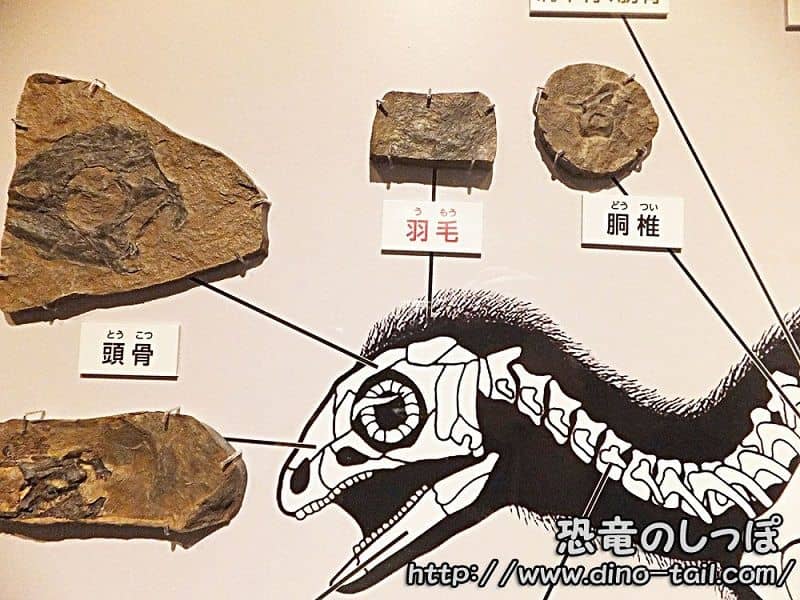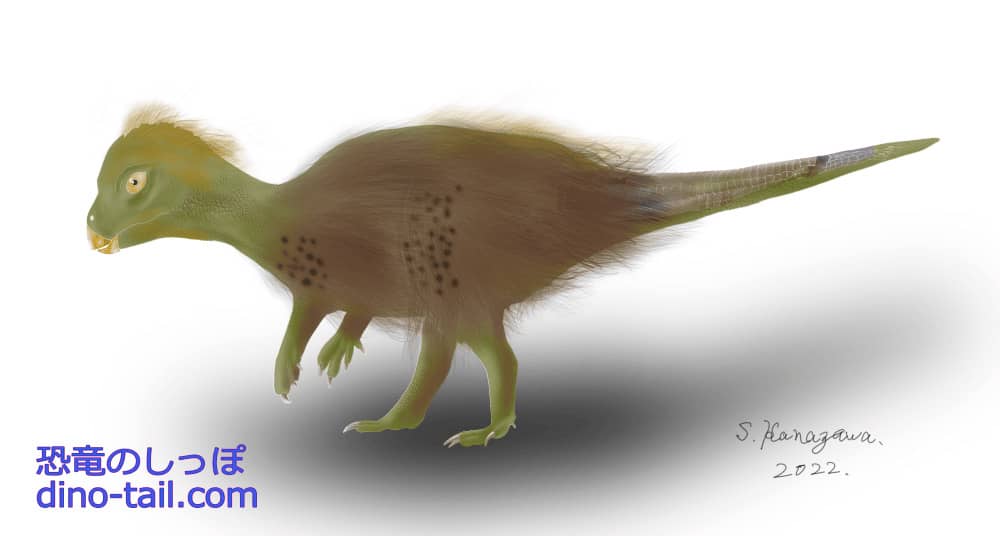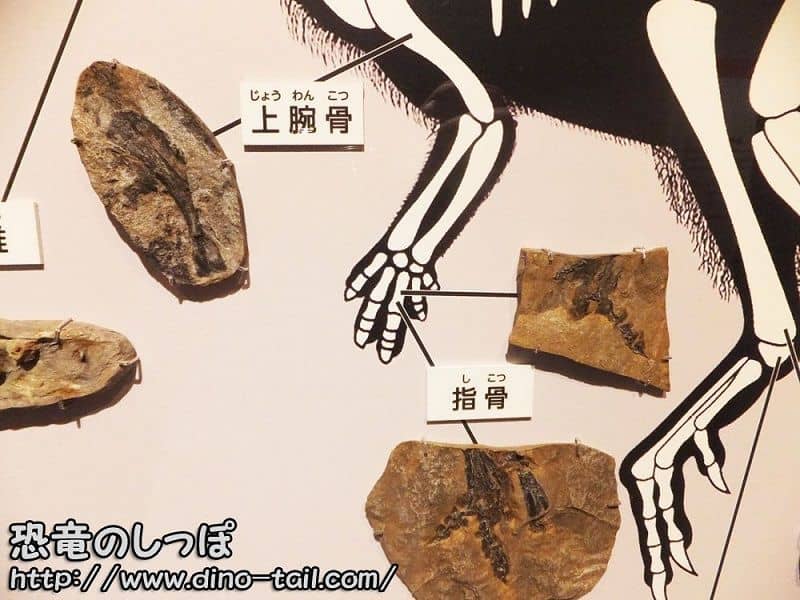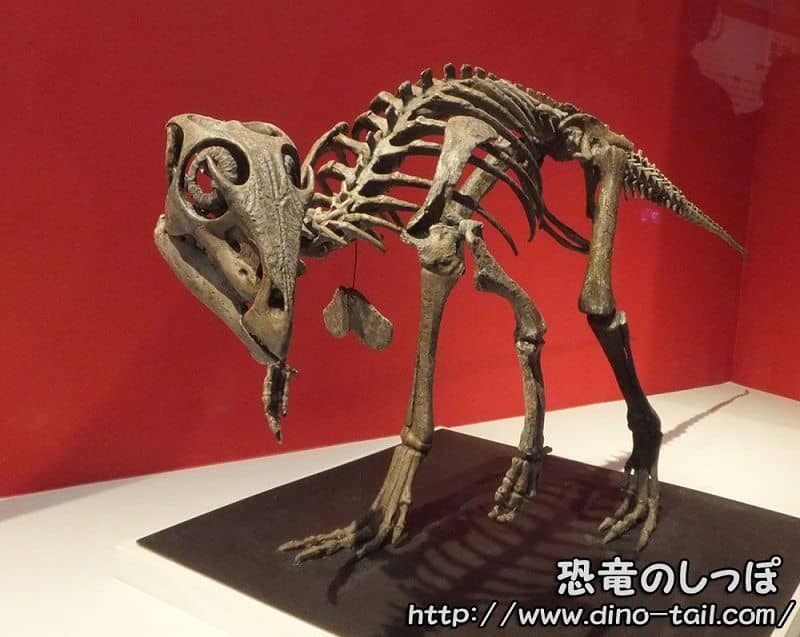About Kulindadromeus
| Scientific Name (Genus) | Kulindadromeus |
| Meaning of Name |
Runner from Kulinda
Kulinda (place name) - dromaios (fast runner) [Greek] |
| Classification |
Ornithischia, Ornithopoda
Ornithischia, Neornithischia |
| Total Length | Approx. 1.5m |
| Diet | Herbivorous |
| Period | Mid to Late Jurassic |
| Species | Kulindadromeus zabaikalicus |
| Year of Paper Publication | 2014 |
| Genus Name Publication |
A Jurassic ornithischian dinosaur from Siberia with both feathers and scales.
Science, 345. Published 25 Jul 2014. by Godefroit, P., Sinitsa, S.M., Dhouailly, D., Bolotsky, Y.L., Sizov, A.V., McNamara, M.E., Benton, M.J., and Spagna, P. 2014. |
Features: A Discovery That Changed Dinosaur Common Knowledge
Kulindadromeus, described in 2014, was a revolutionary discovery that fundamentally overturned the conventional wisdom about dinosaurs, especially regarding "feathers." Until then, complex feathers were thought to be unique to theropods (Saurischia), but this ornithischian dinosaur was found to have a surprisingly diverse range of skin impressions.
A Mosaic of Feathers and Scales
The Kulindadromeus fossil was astonishing because the skin from various parts of its body was preserved. Its body was covered in a mosaic-like pattern of different types of feathers and scales depending on the area.

- Head and Torso: Covered in simple, filamentous, down-like protofeathers. These are thought to have served primarily as insulation to maintain body temperature.
- Lower Legs (Shins): More complex, ribbon-like structures were found, consisting of multiple filaments bundled at the base. These may have been for display to identify members of its own species.
- Tail: Covered in large, overlapping, arch-shaped scales, similar to those on a bird's foot.
- Ankles and Feet: Covered in small, hexagonal scales (scutella).
This discovery suggests that the ancestors of dinosaurs had acquired the structures that would become feathers, and in the course of subsequent evolution, some groups developed them into feathers, while others secondarily reverted to scales. The discovery of Kulindadromeus has made the idea that "most dinosaurs may have had feathers in some form" a much more realistic possibility.

Kulindadromeus Stamp & Fossil Gallery



